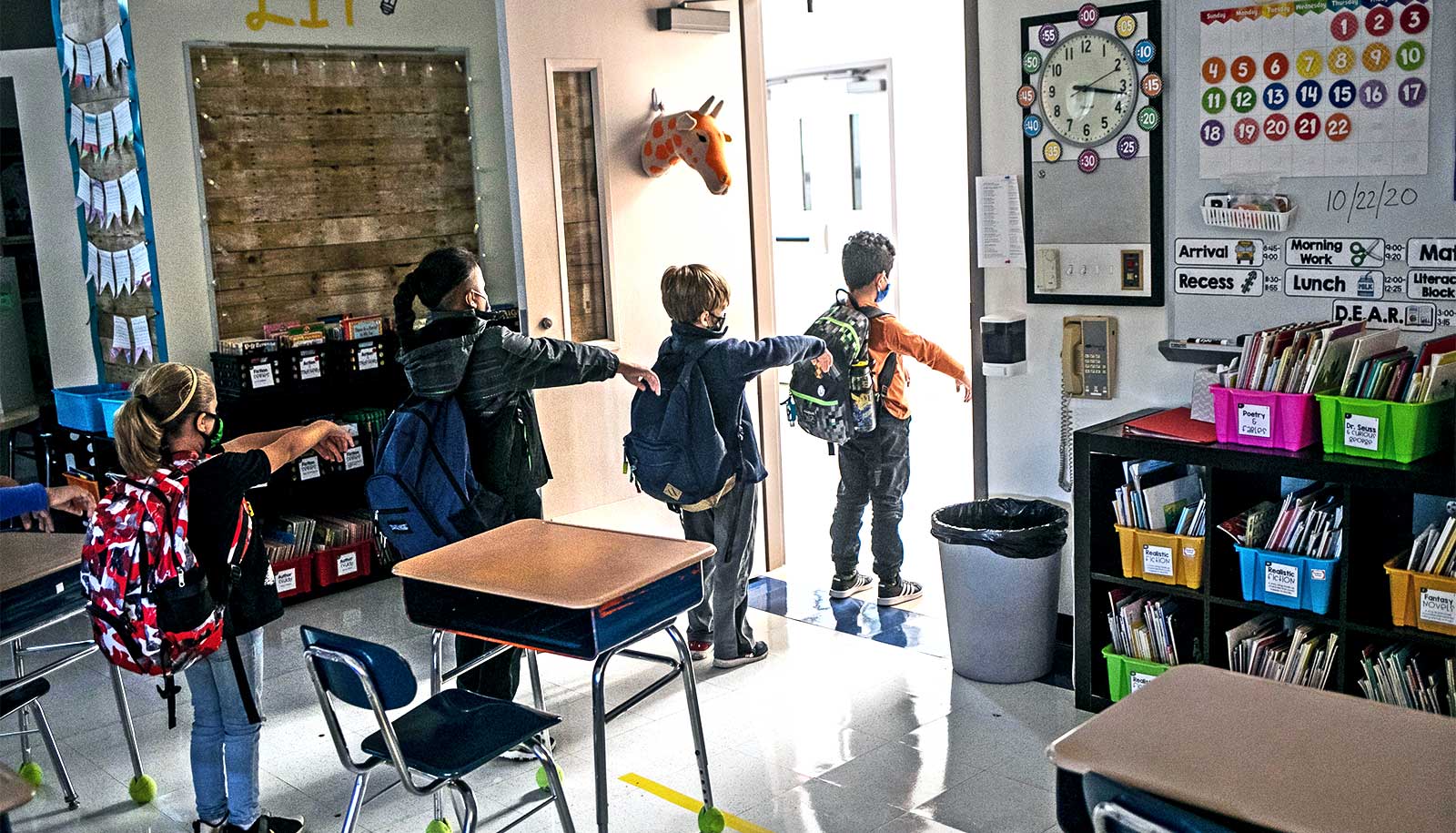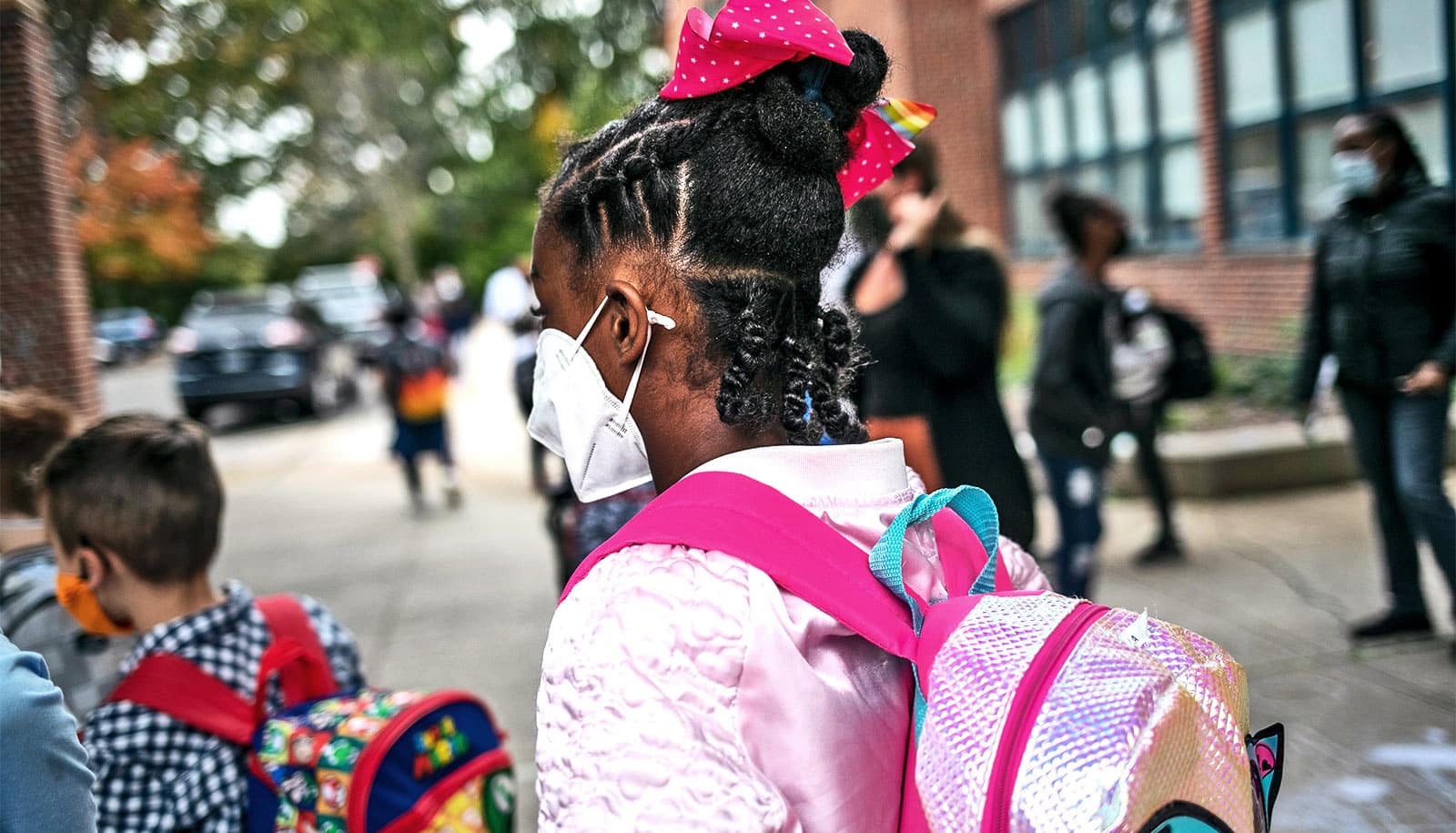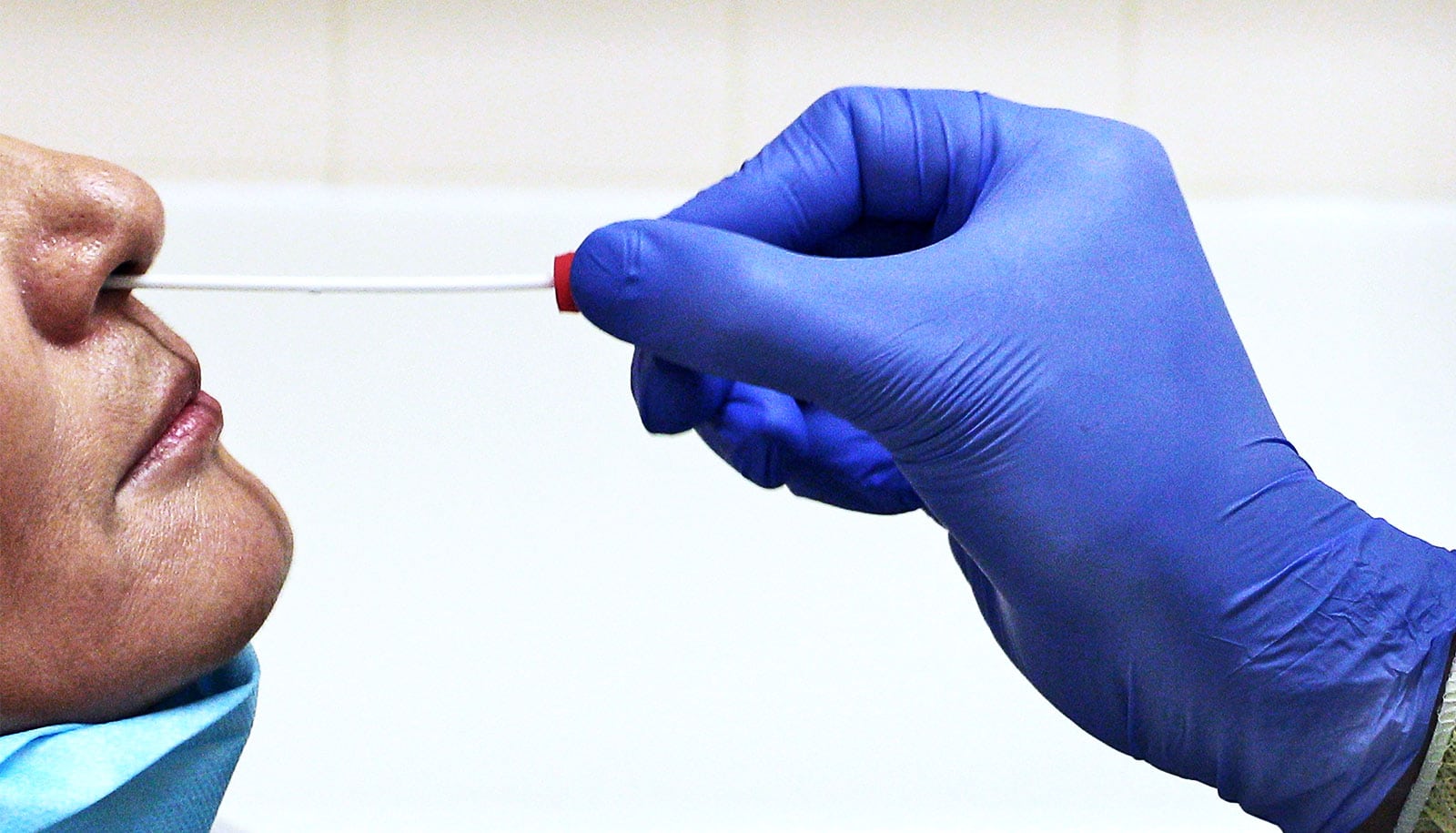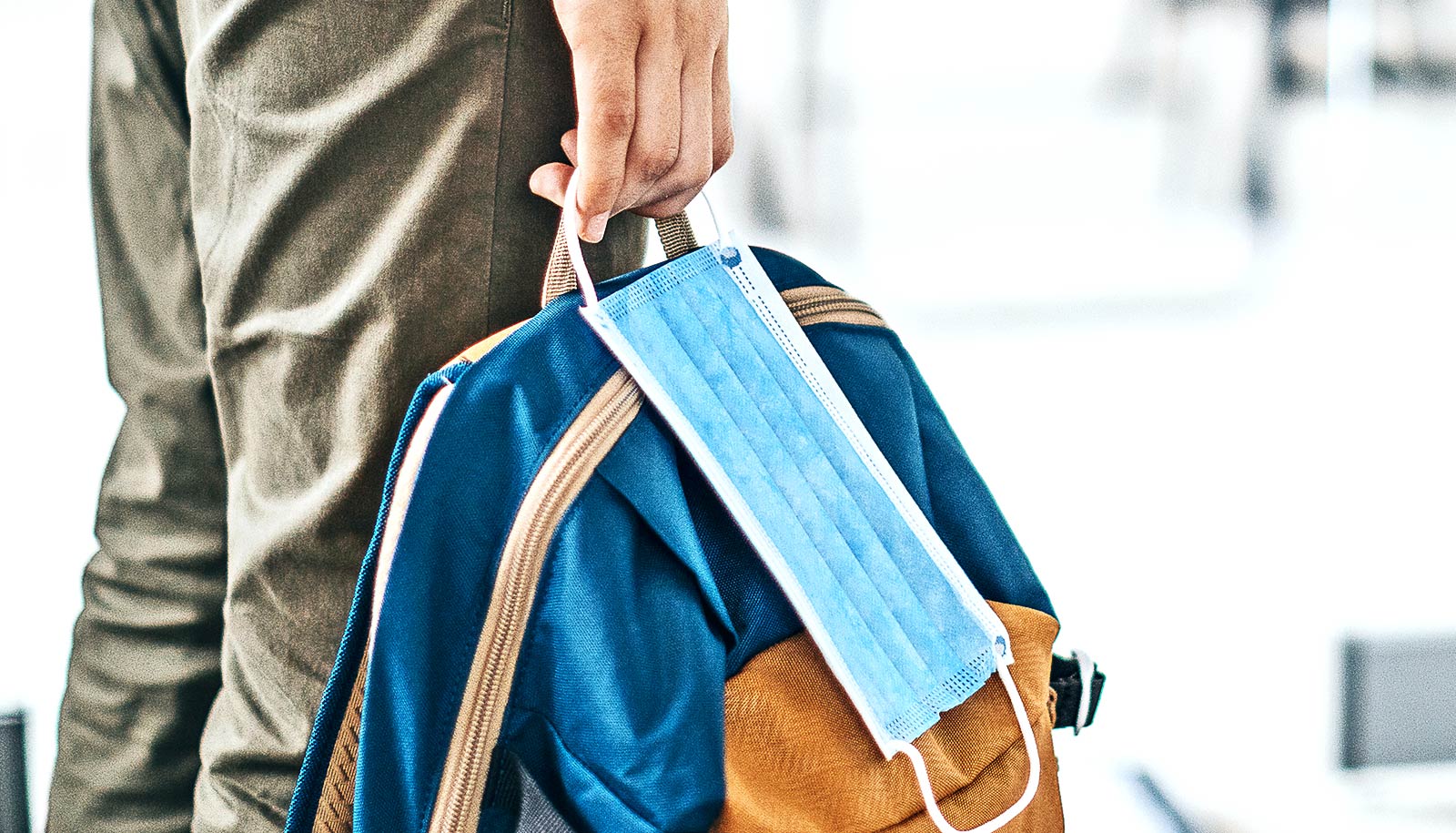In most cases, reopening K-12 schools in the United States did not result in an increase in hospitalizations because of COVID-19, a new study shows.
The study is the first to examine how reopening schools in-person has affected COVID-19 health outcomes.
Researchers found no evidence that reopening schools in-person or in a hybrid form increased COVID hospitalizations in the 75% of counties that had low COVID hospitalization rates during the summer, prior to reopening schools.
It seems safe to reopen schools when there are no more than 36 to 44 total new COVID hospitalizations per 100,000 people per week, says coauthor Douglas Harris, an economist of education at Tulane University and director of the National Center for Research on Education Access and Choice (REACH), which conducted the study.
“This conclusion is consistent across a wide range of data and research methods. It appears that, when hospitalizations rates are low, it is safe to reopen schools in-person,” Harris says. “This is important given the side effects of closure for students, such as limiting access to essential services, social isolation, and learning loss.”
“It’s not just whether schools reopen but how. If they do reopen, schools need to be vigilant about mask-wearing and social distancing—and so do their communities.”
For the counties that had higher rates of hospitalizations in the summer, the study results were inconclusive because the results were inconsistent when the researchers used different data sources and statistical methods.
“However, given the spike in hospitalizations in recent months, policymakers should be cautious. It may not be safe to reopen schools where the virus is already widespread,” says coauthor Engy Ziedan, a health care economist at Tulane.
“It’s not just whether schools reopen but how,” Harris says. “If they do reopen, schools need to be vigilant about mask-wearing and social distancing—and so do their communities.”
The authors also emphasize that keeping teachers and school staff in high-risk categories out of school also remains important.
The researchers used data on essentially all school districts’ reopening plans from Education Week and two private data collection companies, Burbio and MCH Strategic Data.
They combined these with information on COVID-related hospitalizations from the company Change Healthcare, which has healthcare claims for 170 million people, roughly half of the entire US population, as well as data from the US Department of Health and Human Services (HHS) including essentially all US hospitals. The authors examined data for every county from January 1 through October 30, 2020.
This is a significant advance over prior studies that have focused on schools and the COVID-19 positivity rates.
“COVID testing is too infrequent and unsystematic to be informative about the effects of school re-openings on the virus’s spread,” says coauthor Susan Hassig, a Tulane epidemiologist.
“The hospitalization data, in contrast, does not have these problems, and focuses on what matters most—whether people get sick.”
Source: Tulane University



